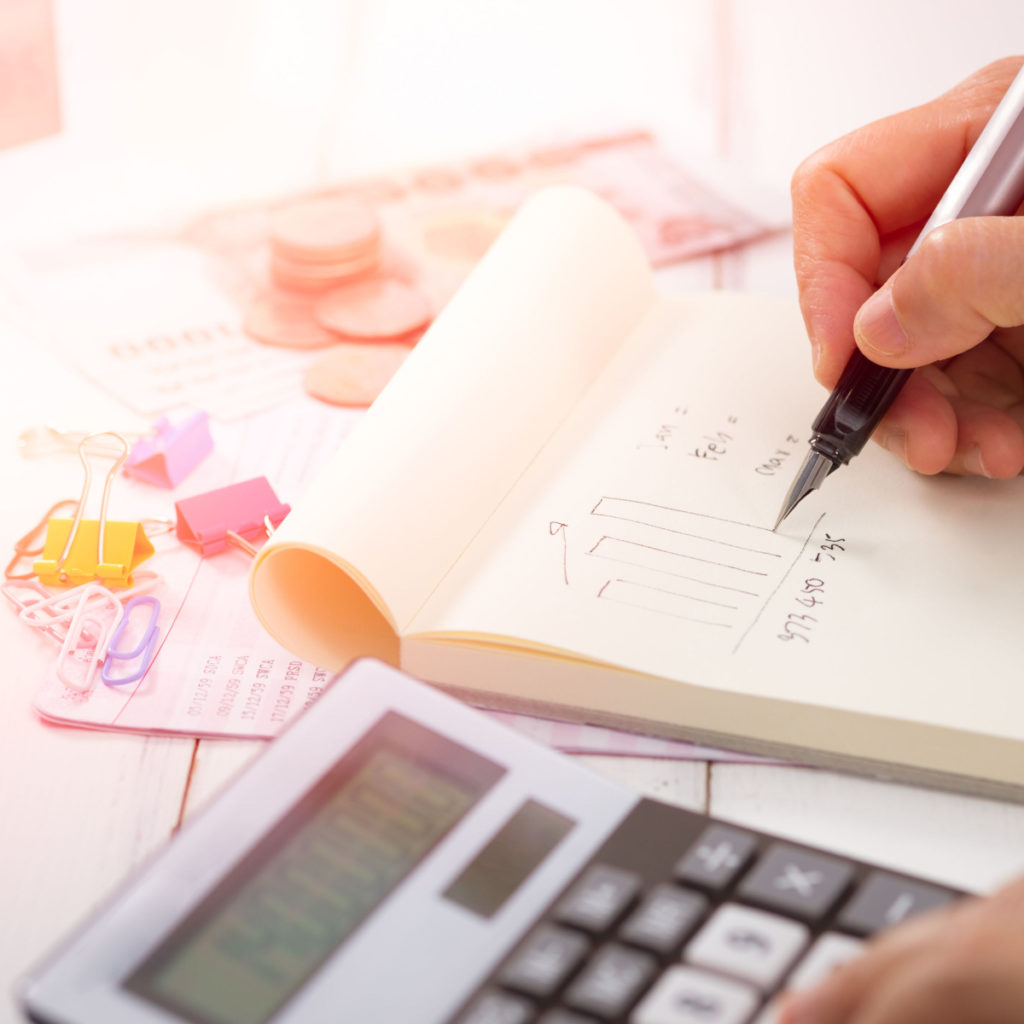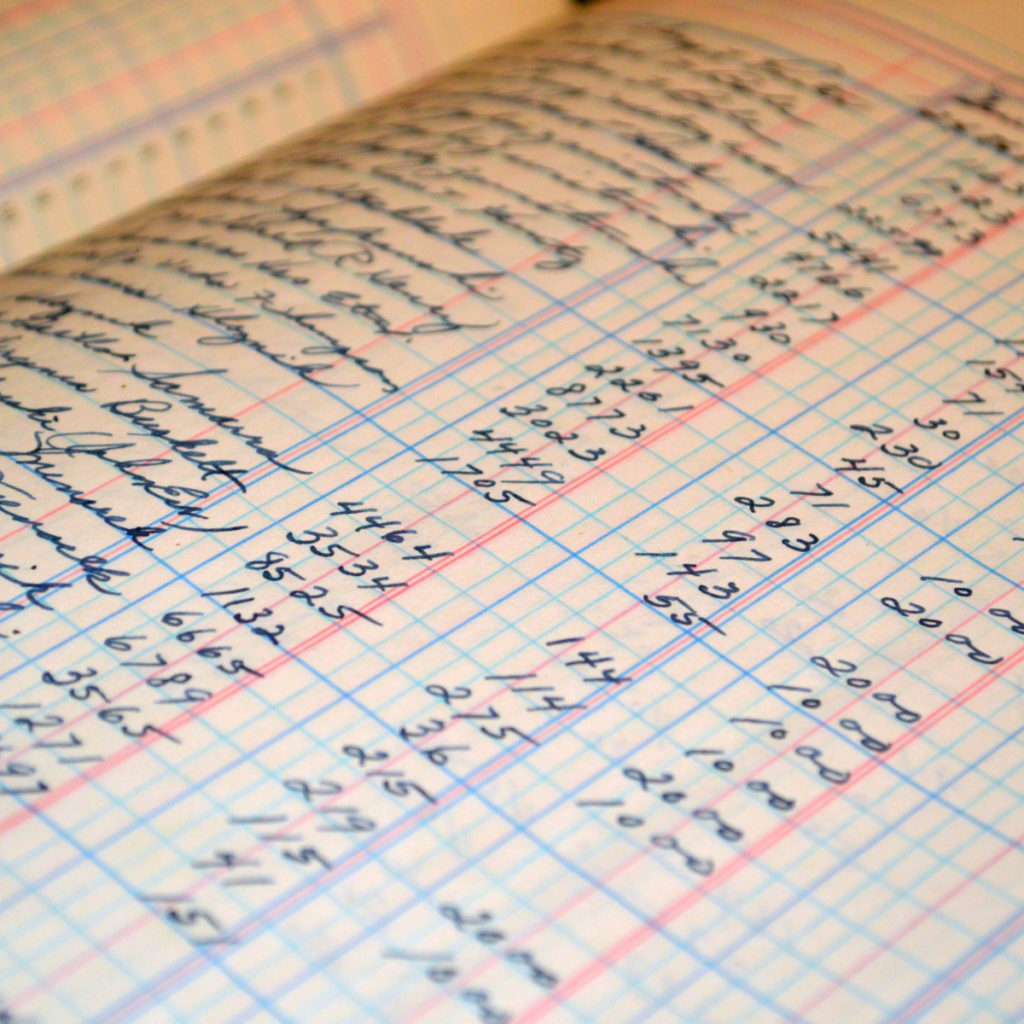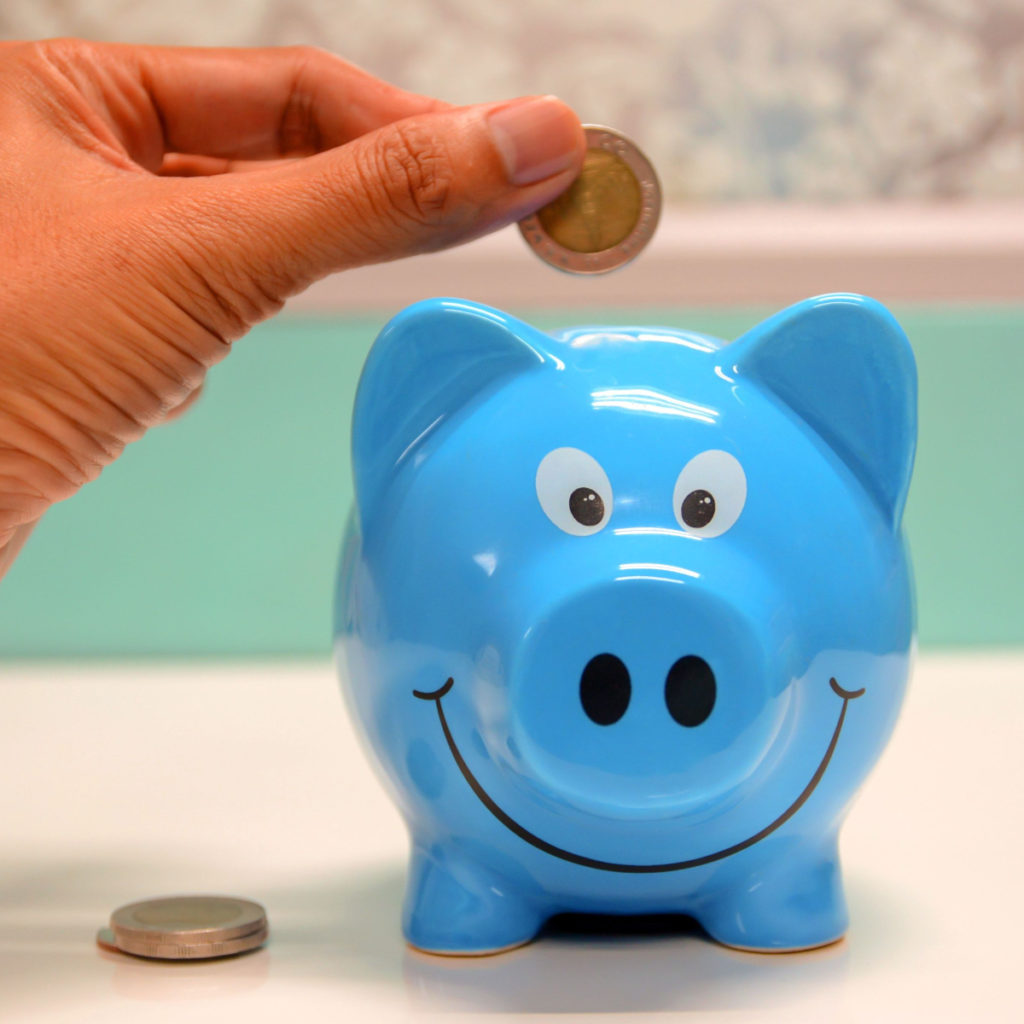Saving For A Down Payment? How To Do It Faster!

In Canada, you need a minimum of 5% as a down payment when you purchase a home under $500,000. That means that on a home costing $500,000, you’d need at least $25,000 down. It’s not little!
But between paying for rent and the cost of living, it can feel extremely difficult to save up that much money
What are are some steps you can take to help you save for a down payment faster?
- Look at your expenses
Do you know where every dollar of your income goes? In some cases, perhaps not. Only some people track every penny of their spending. But if you want to save up for a down payment as quickly as possible, you will need to know where each cent goes.
How? Track your spending for a month or longer and see what patterns you discover. You might be surprised to find out that you spend way more on eating out or entertainment than you thought.

2. Settle credit card
Before you can properly start saving for a down payment, pay off all credit card debt. There’s no point saving up for a house while some of your hard-earned money is going towards interest. You may not be approved for a mortgage if you have so much debt, so it’s important to remove this burden before you start saving for a home.
3. Audit your expenses
After tracking your spending for a while, you’ll be able to build a budget that puts as much funds into savings as possible.
If buying a home is your top goal, you will have to sacrifice some of your guilty pleasures to get you there.
Figuring out how much to save and trying to determine how long it will take is tricky. But without knowing this information it’s a lot harder to be motivated to reach your goal.

One of the best ways to audit your expenses into realistic steps is to calculate how much of your spending you can cut down on. Maybe you decide that you will stop eating out for lunch and pack a lunch instead. Or you cancel your gym membership and decide to take up jogging instead. The small things will help you a long way. Every other dollar you save should be put aside for a down payment.
4. Where do you put your money
Save your down payment funds in a dedicated savings account. Not the account you use for an emergency fund and definitely not your chequing account. Ideally, you will want a high-interest savings account or a tax-free savings account so that your money grows faster.
Set up automatic transfers that will move your money into the savings account as soon as you get paid. Choose a savings account that isn’t linked to your debit card. The harder it is to spend your savings, the sooner you will reach your goal.

There are other options for where to save your money besides savings accounts such as GICs, Canada Savings Bonds and money markets. Just be sure that you choose one that allows you to access your money at any time.
Once you have really made progress on the above and your savings have grown exponentially, you can start looking into more serious things that can help reach your goals.
5. Research first-time homebuyer programs
The government has initiated a few programs to make it easier for first-time homebuyers to buy a home.
There’s a brand-new program called the First Time Home Buyer Incentive. This program will give first-time buyers an interest-free loan of 5-10% of the purchase price of their home.
In order to be eligible, you need to earn less than $120,000 a year and have at least 5% down payment. This initiative could make a significant difference in a person’s monthly mortgage payment.
Each year, you have the option to withdraw up to $25,000 (tax free) from an RRSP to use as a down payment. The catch is that you will have to repay this amount over the next 15 years.
You can also get the First-time Home Buyer’s Tax Credit. This non-refundable credit valued at $750 helps offset some of the closing costs of purchasing a home.
Saving up for a down payment takes dedication and sacrifice. And it does take time. But by cutting spending, calculating how much you can save and putting that money in the right account, you will move away from trying to save for a down payment to actually saving for a down payment.






